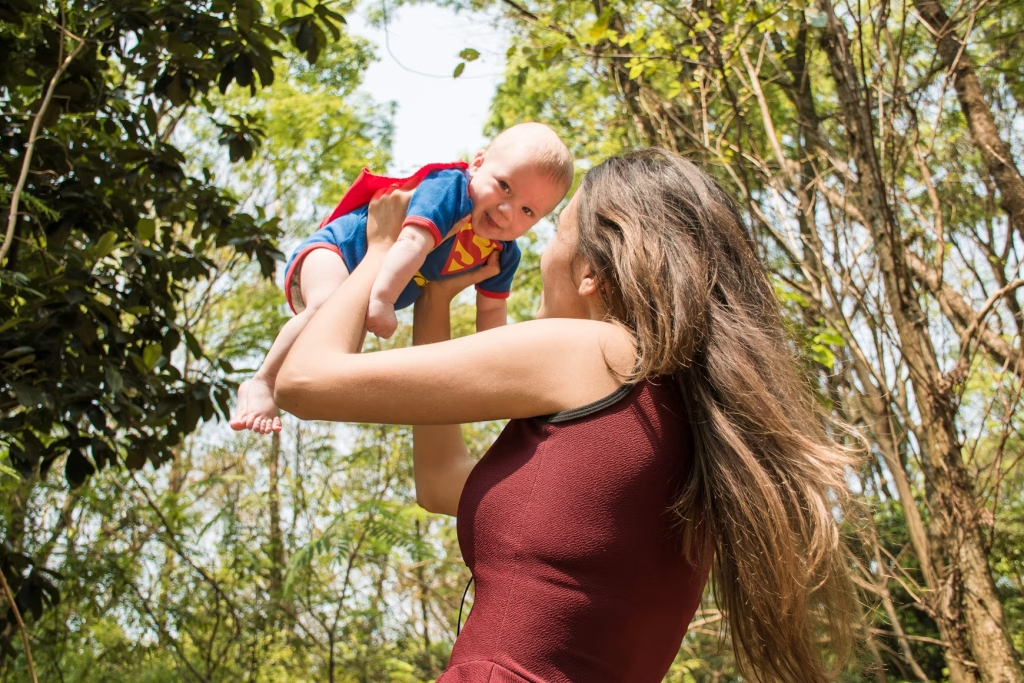
Letting kids roam the neighborhood, solve problems solo, and learn from unfiltered experience sounds empowering—and in measured doses, it can be. Yet an “all‑in” free‑range approach can also place children in situations they’re not developmentally ready to handle. Recent headlines, research, and even court cases show there are real downsides when freedom isn’t paired with age‑appropriate safeguards. Before you hand your eight‑year‑old the house key and shrug, consider these eight critical risks—and what to do instead.
1. Real‑World Hazards With Limited Supervision
Free‑range parenting encourages minimal oversight so kids can build resilience. But without an adult nearby, children are more vulnerable to injuries, traffic accidents, or unsafe strangers. A 2023 review in Pediatrics noted that unsupervised elementary‑age kids are three times more likely to need emergency care for preventable accidents than peers who had a nearby caregiver.
2. Legal Trouble and Charges of Neglect
What feels like healthy independence to you may violate your state’s child neglect statutes. In 2022 a Maryland couple faced a CPS investigation for letting their ten‑ and six‑year‑olds walk home from a park alone—perfectly legal in some places, reportable neglect in others. The legal patchwork means free‑range families can unintentionally invite police or child‑protective scrutiny.
3. Overestimating a Child’s Readiness
Even the most emotionally mature eight‑year‑old still makes decisions with a brain that’s only part‑built for risk calculation. The prefrontal cortex—responsible for impulse control and weighing consequences—doesn’t finish wiring until the mid‑twenties.
That gap means kids can recite safety rules flawlessly at the kitchen table yet freeze or choose poorly when a real‑world curveball hits: a loose dog charges, a stranger offers help, traffic patterns change.
Free‑range ideals often assume “common sense” kicks in as soon as a child shows early confidence. In reality, judgment under stress is the very last skill to mature. Giving unsupervised bike routes, online access, or sibling‑sitting duties too soon can flood a child’s nervous system, turning an exciting challenge into panic.
When stress spikes, even practiced guidelines blur, and kids default to emotion‑driven reactions—run, hide, comply—rather than the logical steps they rehearsed with you.
4. Neighborhood Design and Community Trust
A leafy cul‑de‑sac differs drastically from a busy urban corridor. Fewer sidewalks, high‑traffic intersections, or low community cohesion raise real safety stakes.
Parents in walkable, socially connected neighborhoods are more likely to allow independent mobility than parents in high‑traffic zones. Geography matters—free‑range ideals must bend to the built environment.
5. Decline of the “It Takes a Village” Culture
Boomers recall neighbors who knew every kid by name; today many families don’t know who lives two doors down. With fewer watchful eyes, children truly are more alone—reducing the informal safety net free‑range parenting once relied on.

6. Digital Dangers Increase With Physical Freedom
A child mature enough to bike to the park alone probably also owns a phone. Unmonitored devices open doors to cyberbullying, predatory messaging, and addictive content. Offline independence must be matched with robust digital boundaries.
7. Confusing Autonomy With Emotional Distance
Freedom shouldn’t equal detachment. When parents skip regular check‑ins, kids may misinterpret independence as indifference. Children who feel “cut loose” can internalize anxiety rather than confidence, especially if they’re sensitive or prone to worry. Maintain open channels—ask where they went, what felt tricky, and how they solved problems.
8. Limited Self‑Advocacy in True Emergencies
If a stranger offers help—or harm—does your child know how to react? Free‑range advocates teach scripts like “No, thank you” or memorizing addresses, but real crises require composure many youngsters don’t yet possess. First practice calling 911, then role‑play asking a store clerk for help, then extend travel distance. Independence is a ladder, not a leap.
Finding a Healthy Middle Ground
- Check Local Laws before allowing solo outings; ignorance won’t shield you from legal fallout.
- Gradual Freedom works best—start with supervised “shadow” walks a half block ahead, progressing to short solo trips.
- Equip, Then Release: Teach road rules, stranger‑danger scripts, and digital‑device boundaries before granting new privileges.
- Community Connections: Introduce kids to trusted neighbors and store owners who can act as safe points if trouble arises.
- Regular Debriefs: After each independent outing, ask what went well and what felt scary to reinforce critical‑thinking skills.
Balanced independence cultivates resilience and keeps children safe. By layering age‑appropriate supervision, legal awareness, and ongoing dialogue, parents can nurture confident explorers without exposing them to unnecessary danger.
Have you blended freedom and safety in your family? Share your best tips—or cautionary tales—in the comments!
Read More
- Clothes From Shein and Temu Could Be Hazardous To Your Child’s Health
- 3 Essential Tips for Finding the Best Family Neighborhood to Raise Kids

Samantha Warren is a holistic marketing strategist with 8+ years of experience partnering with startups, Fortune 500 companies, and everything in between. With an entrepreneurial mindset, she excels at shaping brand narratives through data-driven, creative content. When she’s not working, Samantha loves to travel and draws inspiration from her trips to Thailand, Spain, Costa Rica, and beyond.